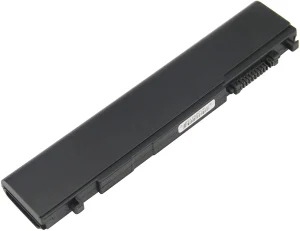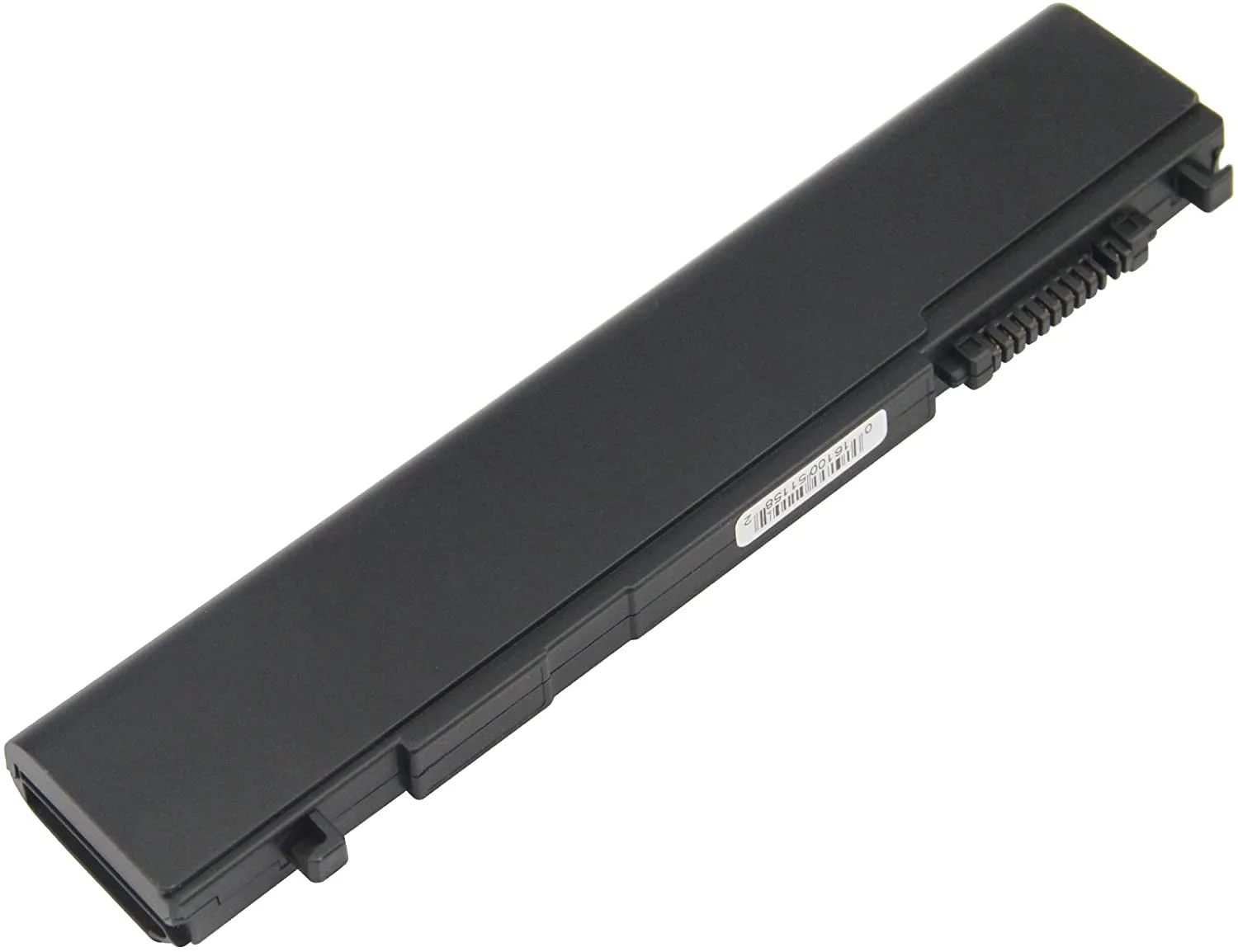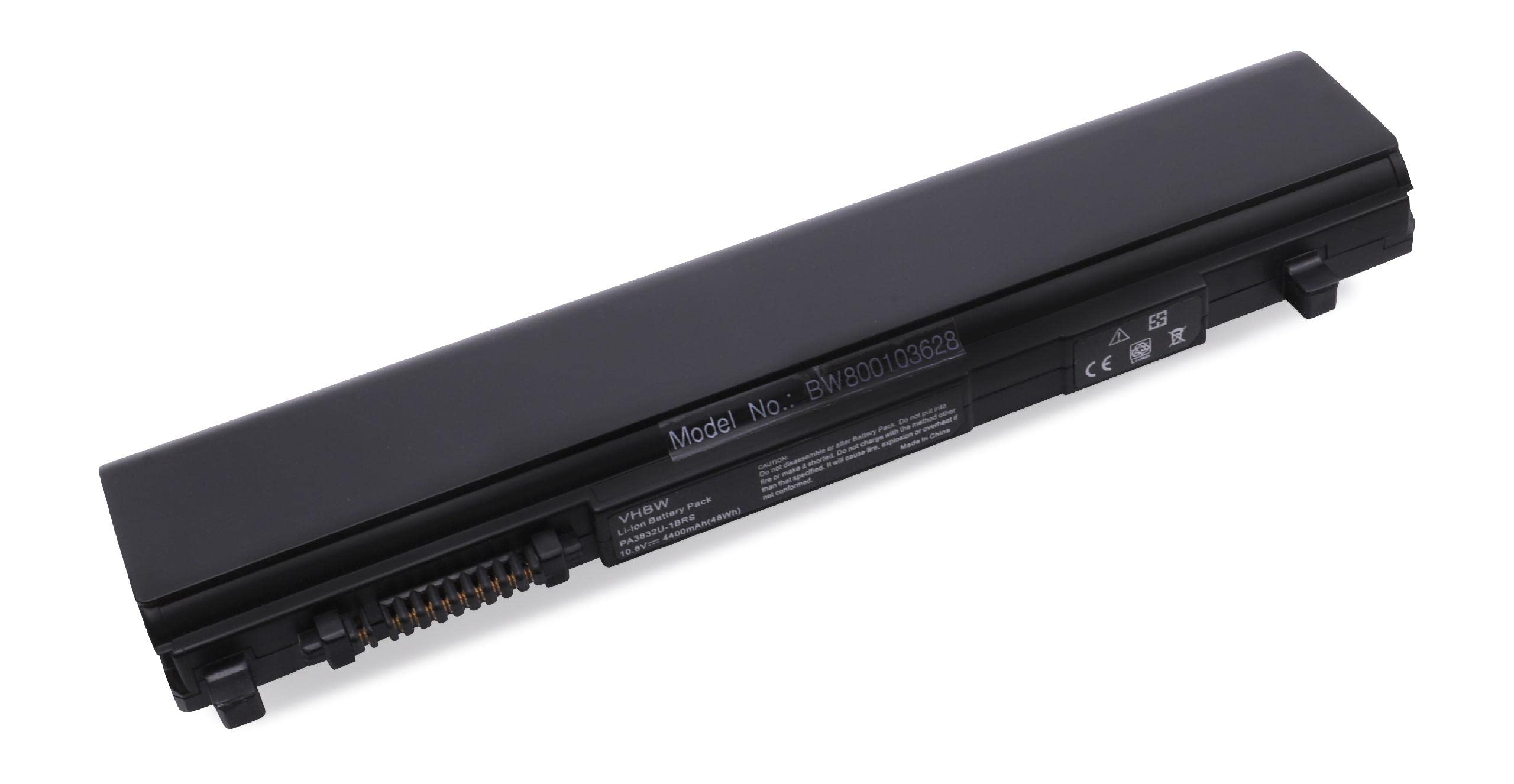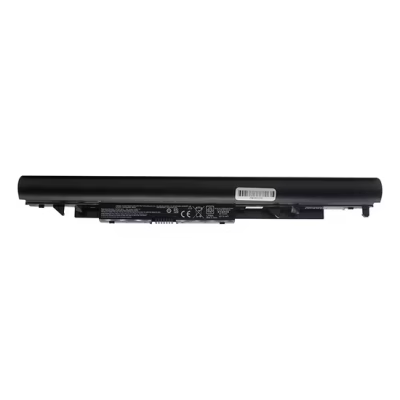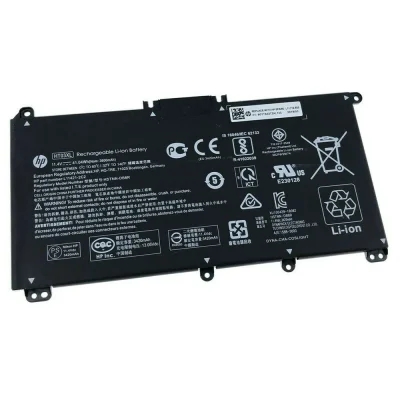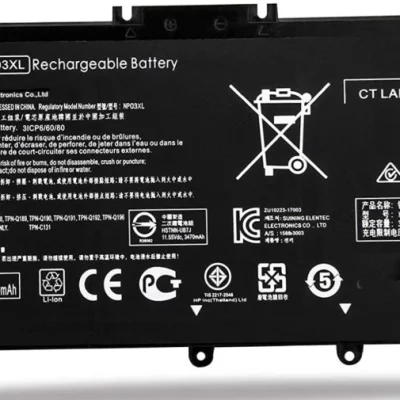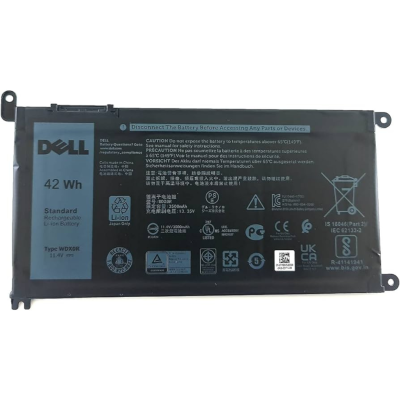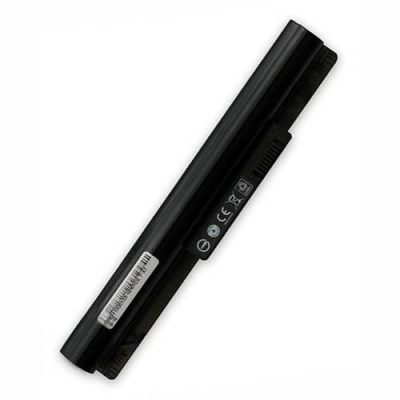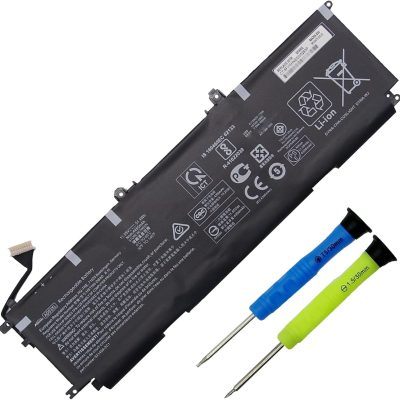Product details
BUY TOSHIBA SATELLITE R630 BATTERY REPLACEMENT FOR SALE IN NAIROBI CBD KENYA
The Toshiba Satellite R630 uses a lithium-ion (Li-ion) battery, which provides power for the laptop when it’s not connected to an AC adapter. Here’s a breakdown of the Toshiba R630 battery:
Toshiba Satellite R630 Battery – Key Details:
-
Battery Type: Li-ion (Lithium-ion)
-
Voltage: Typically 10.8V or 11.1V
-
Capacity: Usually 4-cell or 6-cell configuration
-
4-cell batteries are smaller, lighter, and offer a shorter battery life.
-
6-cell batteries offer longer battery life but add a bit more bulk and weight.
-
-
Capacity (mAh): The battery capacity is generally between 2200mAh and 4400mAh, depending on whether it’s a 4-cell or 6-cell version.
-
Battery Life:
-
Can last between 3–5 hours with moderate use on a full charge, depending on the specific battery and the usage conditions.
-
Common Battery Issues:
-
Battery not charging:
-
This could be due to a faulty AC adapter, corroded charging port, or a damaged battery itself.
-
-
Short battery life:
-
Over time, lithium-ion batteries lose capacity and can only hold a charge for shorter periods.
-
-
Battery not recognized:
-
Sometimes, the battery may not be recognized by the laptop, which could be due to a driver issue, power management settings, or a failing battery.
-
Replacing the Battery:
-
Power Off the Laptop and unplug the charger.
-
Flip the Laptop Over:
-
The battery is located at the back of the laptop.
-
-
Slide the Battery Release Latch:
-
Slide the latch to unlock the battery (there is usually a lock/unlock switch).
-
-
Remove the Battery:
-
Carefully pull the battery out of its compartment.
-
Replacement Tips:
-
Always check the part number on the original battery to ensure compatibility. Common part numbers for the Toshiba R630 include:
-
PA3817U-1BAS
-
PA3817U-1BR
-
-
Make sure to purchase an OEM (Original Equipment Manufacturer) or high-quality third-party replacement.
-
Avoid using batteries from unknown manufacturers as they may have lower quality or potential safety issues.
